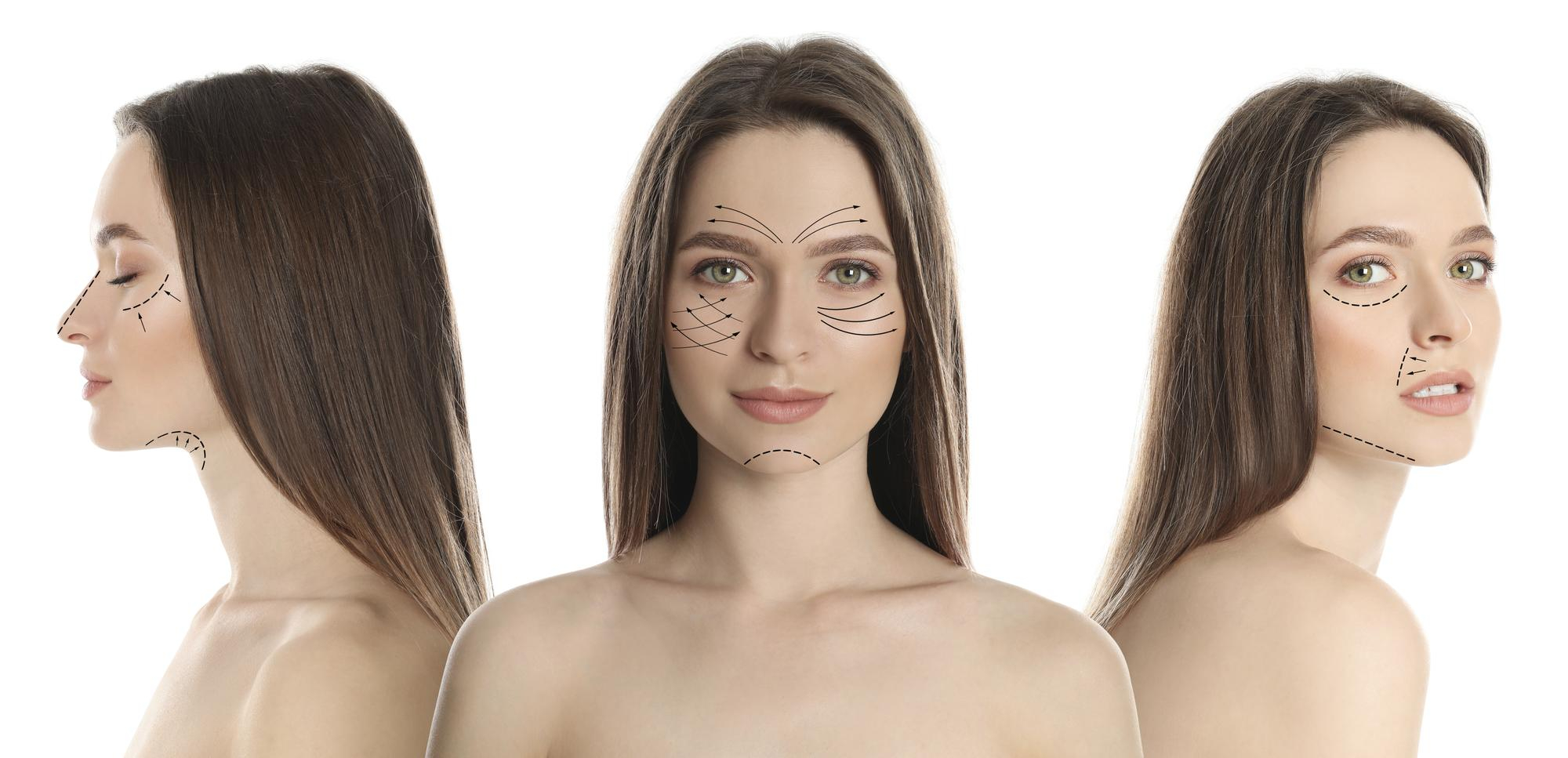Q‑Switch laser technology drives many modern dermatology services, from pigmentation correction and tattoo removal to overall skin rejuvenation. Chinese‑made Q‑Switch units tempt new clinics with low price tags and easy availability. Cost, however, should never outrank patient safety, treatment quality, or long‑term reliability—especially when you plan to use a pigmentation removal laser on delicate facial skin.
How a Q‑Switch Laser Works
A Q‑Switch device fires ultra‑short pulses—measured in nanoseconds—into the skin. Each pulse fractures pigment or ink particles without cutting surrounding tissue. Your immune system then clears the fragments. Because the margin for error is small, the machine’s precision and build quality matter as much as the operator’s skill.
Key Checkpoints Before Buying a Chinese Q‑Switch
1. Certification and Compliance
Confirm genuine FDA, CE, or equivalent documentation. Many budget models display unofficial seals or outdated papers. Using uncertified hardware puts patients—and your practice license—at risk.
2. Essential Wavelengths
Standard pigmentation work needs 532 nm and 1064 nm. Advanced resurfacing may also require 1320 nm. Some Chinese systems offer only one wavelength or deliver poor beam quality.
3. Stable Energy Output
Premium brands lock pulse energy within a narrow tolerance. Cheaper units may surge or dip, producing uneven results, burns, or post‑treatment hyperpigmentation.
4. Effective Cooling
Built‑in or external cooling keeps the epidermis safe. An undersized chiller raises discomfort and raises the chance of surface injury.
5. After‑Sales Support
Ask where the nearest authorised service centre sits and how fast parts ship. Long downtimes cost revenue and inconvenience patients.
6. Clear Training Resources
Well‑translated manuals and certified user courses reduce operator error. Short or poorly written guides invite misuse and liability claims.
Technical Limitations and Safety Risks
Many entry‑level Chinese Q‑Switch lasers struggle with consistent power delivery. A fluctuating output means darker patches can remain untouched while lighter areas receive too much energy. Cooling fans and pumps often run louder and wear out sooner, forcing clinics into emergency repairs. Worse, replacement parts may be scarce outside Asia.
In addition, touchscreens can feature confusing icons or incomplete English prompts. Busy staff may press the wrong preset, exposing clients to unnecessary risk.
Common Disadvantages Summarised
- Unreliable energy calibration reduces treatment accuracy.
- Shorter lifespan results from lower‑grade internal components.
- Sparse spare‑part supply delays repairs and drives up costs.
- Limited clinical validation leaves safety claims unproven.
- Poorly translated interfaces increase the learning curve and error rate.
Balancing Cost and Risk
Budget pressures push many start‑ups toward Chinese equipment. Not every Chinese brand is sub‑par; some now follow strict ISO processes. Yet buyers must vet each model, request live demos, and consult independent engineers. If you plan to market a premium pigmentation removal laser service, remember that dissatisfied clients and legal action can wipe out any upfront savings.
Used correctly and serviced on schedule, a mid‑range unit can handle mild pigment issues. For deeper lesions, consistent outcomes demand a device with proven pulse stability, robust cooling, and documented clinical trials.
Final Thoughts
Chinese Q‑Switch lasers open an affordable door to aesthetic dermatology, but that door hides several checkpoints. Evaluate safety ratings, pulse consistency, cooling design, service options, and user‑friendliness before you commit. The quality of your laser will define both patient satisfaction and your clinic’s reputation.
Skincare professionals should compare multiple brands, read authentic reviews, and insist on verifiable certificates. Patients, meanwhile, should always ask which laser model treats their skin and why it meets global standards.
For deeper insights into laser technology, equipment reviews, and real‑world dermatology tips, read more blogs at blog.pyramidhealthcare.in. Your skin—and your peace of mind—deserve nothing less.
 Skip to content
Skip to content





